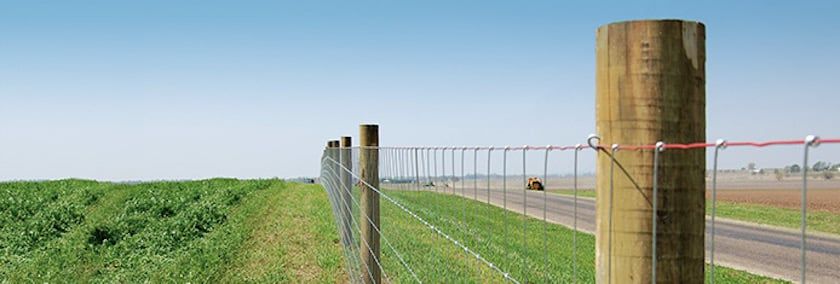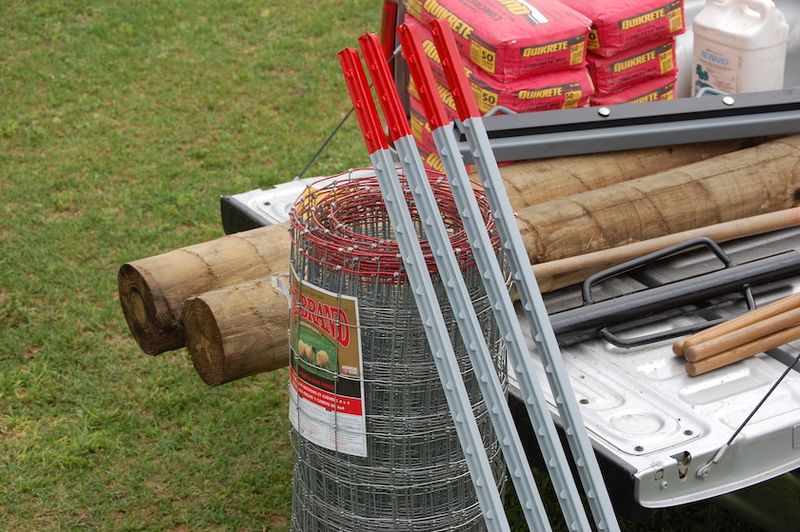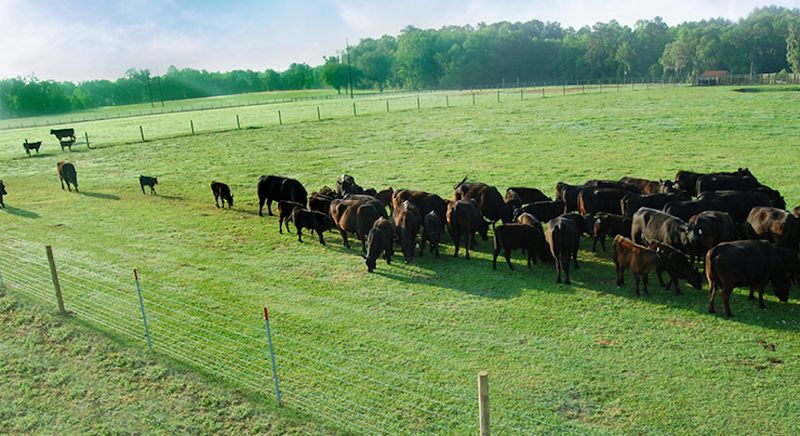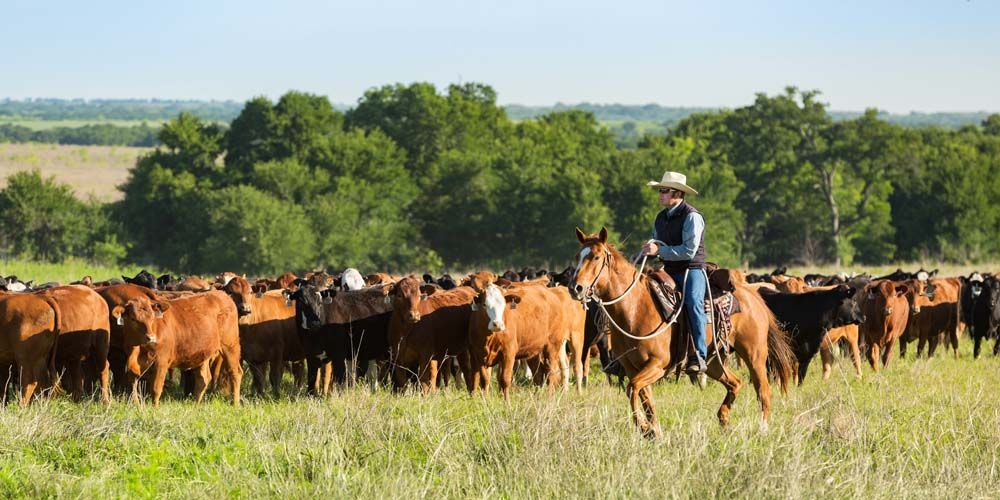Installing Fencing on Difficult Terrain


Do it right, and you’ll do it only once
Fences are important for any farm or homestead. They establish property lines, keep your animals from running off, and protect your plants from pesky wildlife. But when your land has a lot of uneven or rough terrain, installing a fence is a challenge
Choose the right material
The material you use is always important, but it’s especially important when your terrain is less than ideal. You want a fence that adjusts to suit the land, giving you a usable fence despite the hilly or rough landscape.
Let’s take a look at common materials.
Wood—Wood fencing has a classic look, and it’s strong enough to keep people and animals from getting out or into pasture areas.
Installing a wood fence on rough terrain can be quite labor-intensive, though, rails or posts are cut to suit the contours of the earth. Wood fencing can also warp and become worn by the elements.
Vinyl—Vinyl fencing tends to withstand rain, snow, or sunlight better than wood, making it a popular decorative choice for many homes. However, vinyl is also difficult to install on uneven ground. You’ll end up spending a great deal of time cutting down your posts.
Wire—Many landowners opt for wire fencing on uneven land, as well as level ground. It’s easy to maintain, is durable and strong, and it’s easy to adjust the wires to suit your terrain. Wire fencing is often chosen for upkeep and maintenance in mind.

Installing on uneven terrain
There are a few different installation methods you can use when you’re dealing with uneven terrain. These include:
- Contouring: cutting the fence to ensure that the base matches the slope of the land. For wire fencing, this involves simply trimming the wires at the bottom while keeping the top level. For wood or vinyl, this can mean cutting your fence pieces to match the required height and then using smaller, custom-cut pieces to close gaps.
- Racking: racked fences simply follow the line of the land, resulting in a fence line that rises and falls with the slope of your terrain.
- Stepped: stepped panels have a staircase-like appearance. This method involves installing each panel to level and then moving down your hill or slope for the next panel. This a better option for privacy fencing than for agricultural use.
Tips for installing fencing on difficult terrain
Regardless of the installation method you follow, some important tips will help you save time in the process.
Let the land be your guide—When your land is hilly or sloped, you have to accept that your fence line will not be level. A practical fence can’t have large gaps at the bottom, and that means you need to use the contours of the land as your guide for your fence.
It can be wise to start installing your fence at the highest point on your land and work your way down. This will ensure that your fence (whether it’s woven wire or post-and-rail) follows the slope of the land—your installation will look deliberate and beautiful.
Look for low maintenance materials—Fence maintenance is just another item for your to-do list—this is why so many people choose wire fencing for their land (especially when they’re fencing difficult terrain).
Wire fencing is durable, it holds up against the elements, and it requires minimal maintenance;; just tighten the fence occasionally and clear away overgrowth.

Consider the future
A farm or homestead is always a work in progress. As a result, it can be difficult to know for sure whether your fence will be standing in just a few years.
So, before you start, take a moment and consider how your fence will look in the future. Will there someday be a barn within the enclosed area? Maybe planning to put a road through that land? Consider these possibilities so you can plan your fence appropriately.
Lay out a plan—Speaking of “planning appropriately,” the first thing you should do before you set a single post is make a plan. What installation method do you want to use? Where are you going to set your posts? Do you need to put any gates in the fence?
nowing this information from the very beginning will save time and effort. Don’t be afraid to get out a pencil and paper to make a plan, and then get some string and map your fence in real life.
Measure twice, cut once—Make sure you always measure your fencing posts or panels twice before you make any cuts. Accurate measuring will save you the headache and frustration of too-short fencing or a sloppy-looking finished product.
Match the ground
Finally, the best thing you can do when installing a fence on rough terrain is to use the contour method. While racking and stepped fences are fine for some applications, they simply aren’t as effective as contoured fencing.
For more installation tips, RedBrand.com to find the right woven wire fence for your property.
Tags:Acreage Accents

Acreage Life is part of the Catalyst Communications Network publication family.













